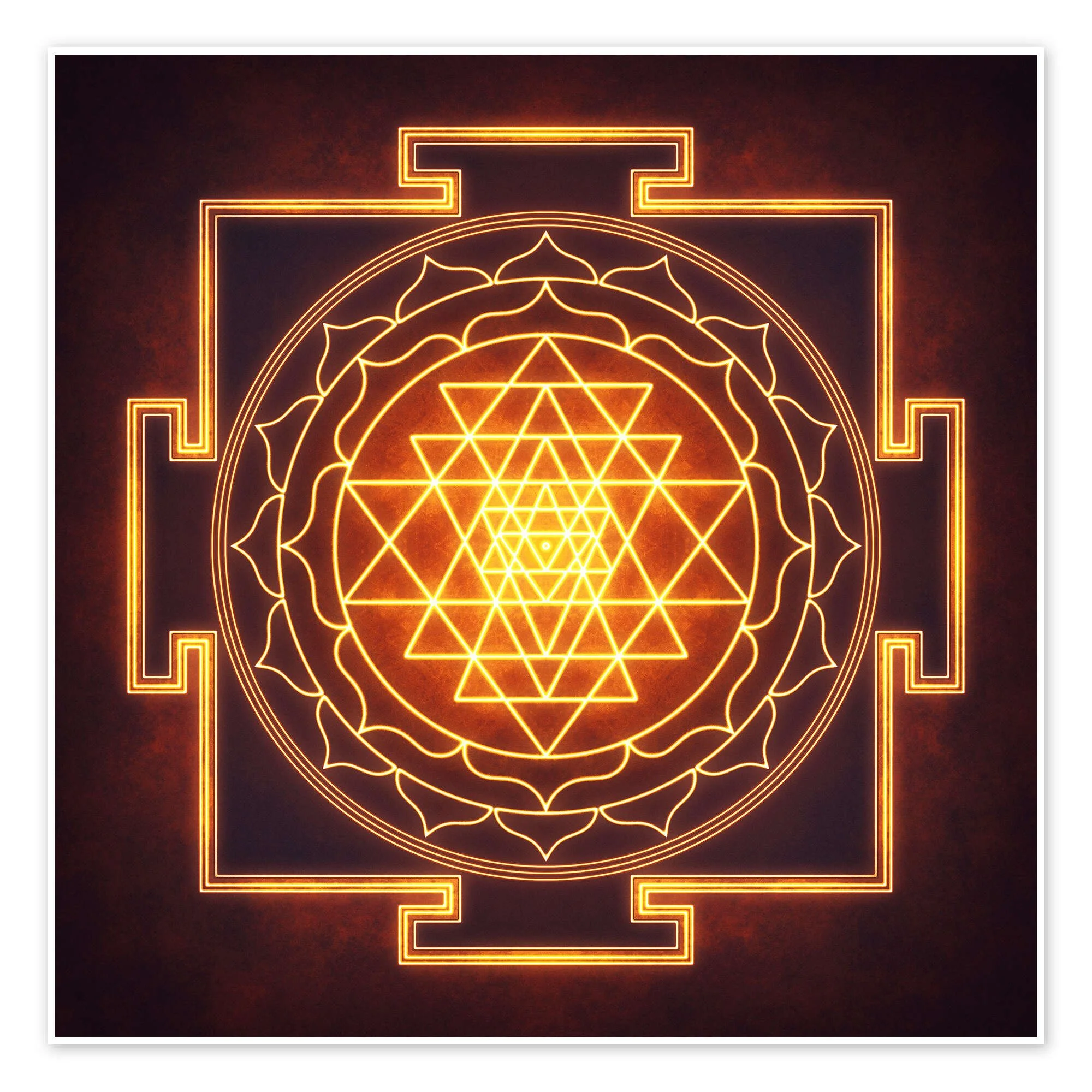How Sight Can Heal Us
Mascari, Brooke. August 17th, 2024
The images that enter through our eyes profoundly affect our body, mind, and emotions. We generate soothing, pleasurable chemicals while gazing at something beautiful such as a sunset. On the other hand, watching a violent movie triggers the release of stress hormones, which flood our circulation, potentially agitating every cell in our body!
Studies have shown that people hospitalized after surgery recover more rapidly if their room looks out onto a park instead of a parking lot.
Looking at natural beauty—the vastness of the ocean, the clouds drifting by, or the wind blowing through the trees—has a profoundly healing effect. This is why it’s important (at least a few times each month) to try and find a place where each direction you gaze is only a view of nature. Absorb these healing images and allow them to nourish your body, mind, and soul.
Another way of balancing our physiology through the medium of sight is visual meditation. The object of attention in a visual meditation is any natural and nourishing sight that captures your attention for a sustained time. You can gaze into a candle flame, watch the ripples on the ocean, or look up at the moon and the stars.
Let us look at a visual meditation pattern. The object of our attention will be a diagram known as a Sri Yantra. A Yantra is a visual pattern used to alter your mind state and benefit your consciousness.
This beautiful visual pattern has a balancing and calming influence on the mind and helps to increase coherence in our brain-wave activity!
As you look at the Sri Yantra, allow your eyes to focus on its center. The dot in the center is called the Bindu. The Bindu represents the unity that underlies all the diversity of the physical world.
A common way to perform a visual meditation with the Sri Yantra is to allow your gaze to slowly expand out from the center. Expanding to include the circles outside of the triangles. Allow your gaze to soften to see these circles. They represent the cycles of cosmic rhythms. Within the image of the circle lies the notion that time has no beginning and no end. The farthest region of space and the innermost nucleus of an atom both pulsate with the same rhythmic energy of creation. That rhythm is within you and the entire universe!
Using Colors to add balance
We can also improve our well-being and enhance our living and working environments through the creative use of color! Colors affect our mood and behavior through color psychology, and some say they can even help reduce stress and improve sleep.
Here are some ways colors can affect our mood:
Warm colors
Reds, oranges, and yellows can stimulate energy and happiness. They can also evoke feelings of warmth and comfort, but can also make negative emotions like anger and hostility more intense.
Cool colors
Blues, greens, and purples can be calming. They can also reduce stress levels and promote relaxation. However, blues can also seem mature, conservative, or boring, and some shades of blue can denote a rigid outlook.
Bright colors
Vibrant colors can stimulate the mind and increase alertness. For example, red can increase heart rate and blood pressure, which can enhance alertness and attention.
White
White can convey a feeling of newness and upliftment, making it a good color to wear on the first day of something new or if you want to feel like you have a fresh start.
Special attention can be placed on colors that bring balance to each dosha using the power of sight. Think of these colors mentioned above and how they could affect your particular dosha:
Mild pastel shades and earth tones settle the Vata dosha.
Cool, soft colors—blues, greens, and white—are balancing for the Pitta dosha. Notice that these colors resemble the ocean, which is pacifying for you.
Bright, strong, bold colors with vivid shapes and designs help to enliven Kapha dosha.
There are many different ways you can integrate color to enhance your life and balance your dosha type. Consider the color of the clothes you wear, the colors in your home, and the colors of the food on your plate!
You can also consider how a room in your home will be used and by whom when choosing colors. For example, you might want to use warm colors in rooms for entertaining, like dining rooms or kitchens, and cool colors in relaxing spaces, like bedrooms or bathrooms.
You don't necessarily need to repaint your whole home to change the color scheme of a room. Wall art, pillows, blankets, rugs, and other decorative items all are great ways to incorporate color into a living space!
“Mere color, unspoiled by meaning, and unallied with definite form, can speak to the soul in a thousand different ways.”
-Oscar Wilde
Light and love on your journey to perfect health and balance,
Havah Holistic Health


